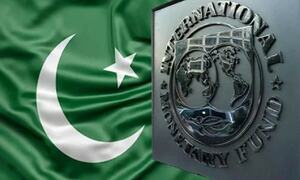Twelve years ago, I visited China as a participant in a Seminar on Press and Publication for Developing Countries, alongside participants from over twenty nations. During our month-long training and informative visit, we toured many leading organizations, departments, and industrial undertakings.
At that time, China was still grappling with the challenge of opening up to the world while maintaining its one-party structure and socialist ideals, all while striving for nationwide progress and development.
In the industrial sector, we observed strict government control. Although industrial and manufacturing processes had begun to improve, the focus was still largely on quantity rather than quality.
However, it was evident that the leadership recognized the need to adopt modern management and administrative methods. These practices were just starting to take root in the industrial sector but had not yet reached the desired level of effectiveness.
To accelerate progress and create a highly skilled workforce capable of transforming the industrial and manufacturing sectors, the government established numerous institutes across the country to teach English at the school level.
Additionally, they began sending hundreds of thousands of students to universities in the US and Europe to acquire critical knowledge, skills, and leadership abilities necessary for modernizing Chinese enterprises.
At that time, the organizations we visited used conventional methods to present their performance, focusing primarily on numbers without emphasizing customer satisfaction, quality control, employee value, or creating an enabling environment for optimal employee performance.
There was little emphasis on streamlining industrial and manufacturing processes to achieve high quality and product durability. The most important was the government’s recognition of the critical need to develop high-quality human resources, starting from the grassroots level.
The government rightly understood that all state resources should be directed toward empowering and educating the people.
Their goal was to ensure that the populace was happy, confident, knowledgeable, and highly skilled. This approach would not only enhance the quality, style, and dignity of work processes but also enable each skilled individual to create more wealth and contribute higher taxes, ultimately enriching the state.
With increased financial resources, the state would gain the financial space necessary to further invest in human resource development.
As the state becomes wealthier and more prosperous, it would earn respect, dignity, and value in the international community.
This financial space could then be used to secure raw materials from around the world and invest in research and development, fostering a culture of innovation that would allow China to compete globally by producing high-quality products that rival those of other nations.
Qamar Bashir
Copyright Business Recorder, 2024























Comments
Comments are closed.